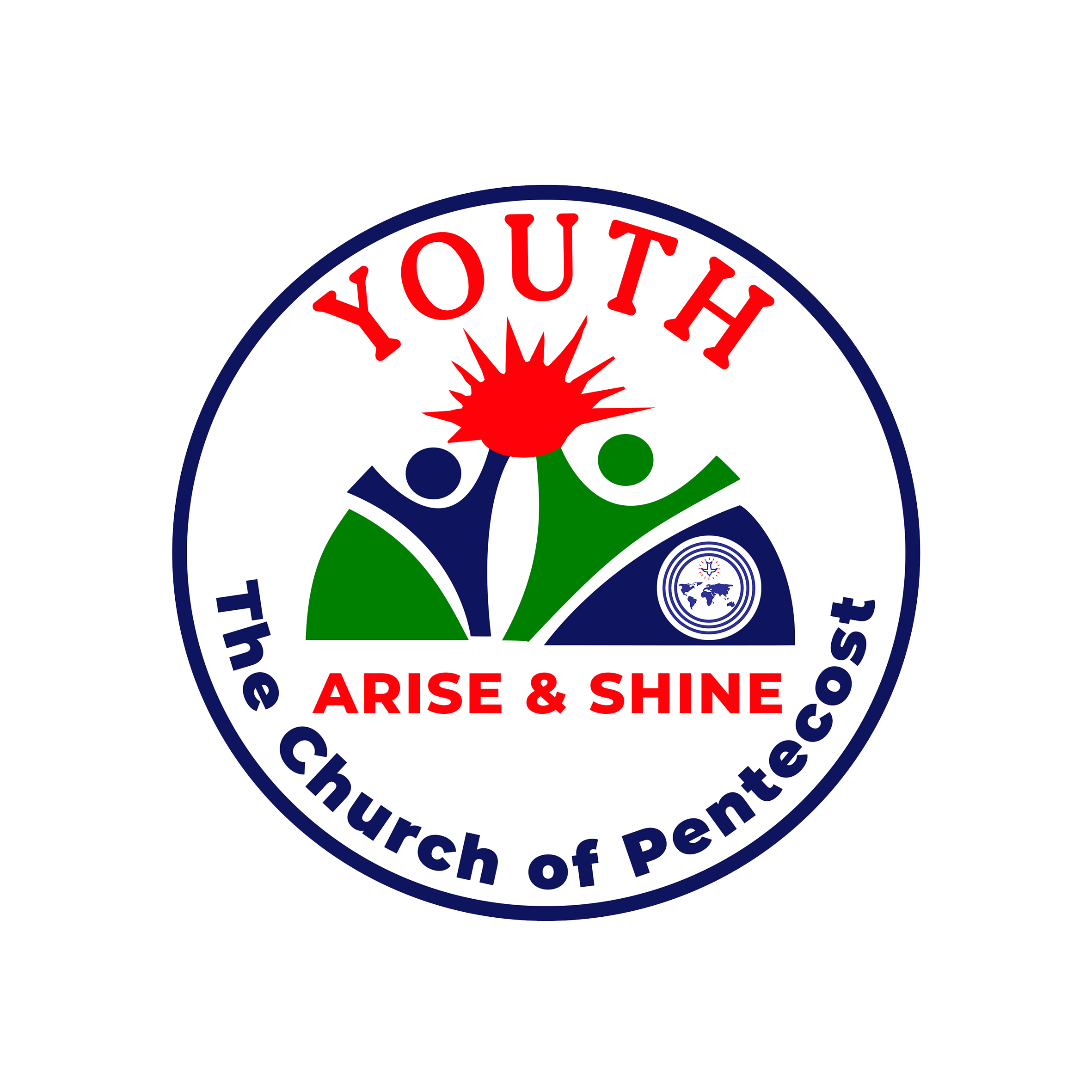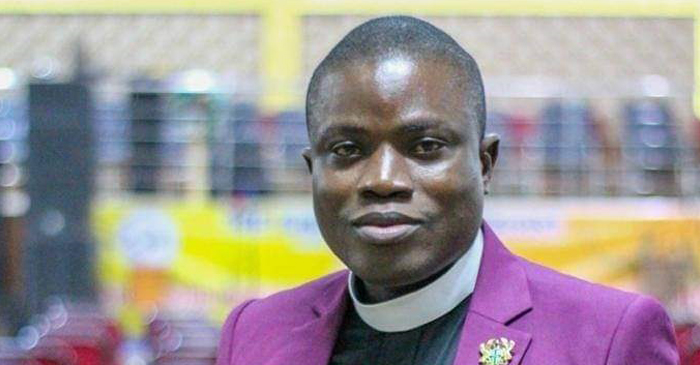The world finds itself at a crossroads in terms of communication, interaction, and shared meaning. Ama Ata Aidoo’s “The Dilemma of a Ghost” and Chinua Achebe’s “Things Fall Apart” reflect the confusion and challenges in connecting across generations. This clash of culture, expectations, and identities extends even to the church, where the generational gap poses a significant responsibility for church leaders. They must understand the complexities of different backgrounds and navigate the assimilation of various generations in the church building. The challenge lies not only in preaching or teaching, but also in the overall context of the church, including architectural design, space structure, music, seating, and fellowship time.
The struggle becomes evident when selecting a topic for this article that would appeal to all generations. Feedback from friends and elders revealed the generational preferences in topic choices. This highlights the core issue of intergenerational clash, which the church must address before it leads to a crash. Terms like “cross-generational interactions” and “intergenerational interactions” are used interchangeably to describe engagements between people of different age groups. This trend has intensified interactional problems and conflicts between different generations.
The intergenerational conflict is not exclusive to the Church but presents a unique challenge. As an institution that admits all generations without restrictions, the Church faces the task of addressing this phenomenon. The decline in the number of Methodists in Ghana, for instance, has been attributed to the intergenerational gap. Church leaders at all levels must take a critical look at ministry to children, teens, and young adults to ensure strategic engagement and growth.
Over a decade ago, church leaders recognised the need for strategic ministry to cater to the increasing youth population. The current chairman has continued to emphasise this viewpoint, introducing innovative approaches to ministry that foster an intergenerational and multicultural environment. Within each generation, there may be sections with differing views on leadership focus and practices. This necessitates intentional engagement at all levels, particularly in local assemblies, to address generational conflicts and bridge the gap in godly and modern ways.
Scholars identify generational blocs differently, but the commonly accepted ones are Veterans, Boomers, Gen Xers, Millennials, and Gen Zeds. A quick look at these age brackets highlights the significant gap that exists. The church leader must find ways to serve each generation appropriately, considering their unique responses, preferences, energy levels, and needs, ensuring everyone leaves the church fulfilled.
For example, a Baby Boomer may arrive at church late due to the time it takes to prepare at that age, while a Gen Zed energetically praises God through dance. The Baby Boomer may sit or stand, perplexed by the younger generation’s behavior, and eventually doze off. A Millennial usher may wake them up harshly, leading to feeble protests from the Boomer. Meanwhile, the chatty Gen Zeds comment on every church activity. Segregation and division may gradually emerge. The challenge is to find solutions that ensure all generations can partake in the feast of the Lord, addressing these situations with care and inclusivity. (Exodus 10:9).To be continued.
REFERENCES
Barsukov, V. N. (2018). Barriers to Social Integration of the Older Generation in Context of Intergenerational Communication Issues. Economic and social changes-facts trends forecast, 11(5), 214–230
Urick, M. (2014). The presentation of self: dramaturgical theory and generations in organisations. Journal of Intergenerational Relationships, 12(4), 398–412
Guseltseva, M. C. (2017). Features of the intergenerational relations in the conditions of transitive society. World of Psychology, 1(89), 38–51
Venter, E. (2017). Bridging the communication gap between Generation Y and the Baby Boomer generation. International Journal of Adolescence and Youth, 22(4), 497–507
Written by Pastor George Osei-Asiedu





